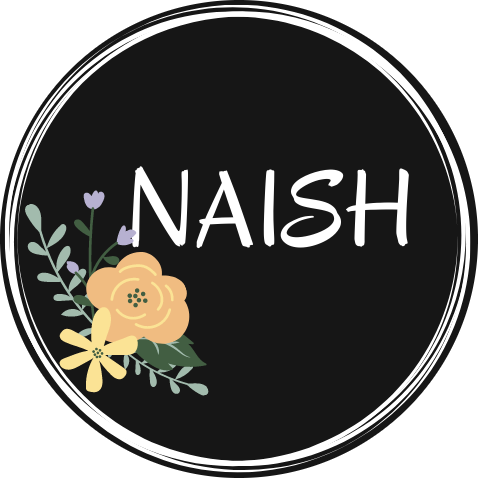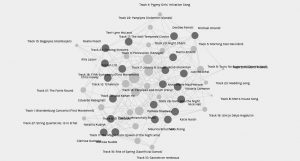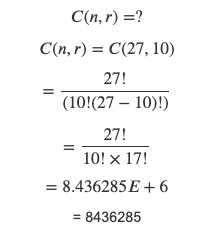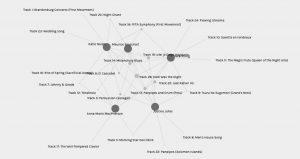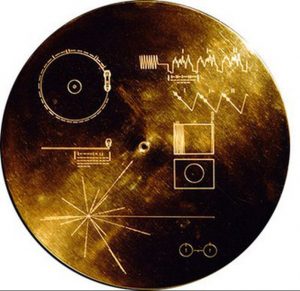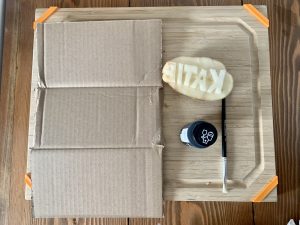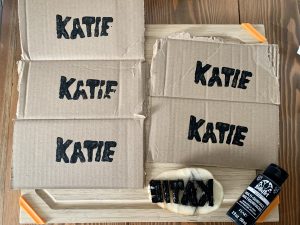What’s in “Our” bag?
This year my day-to-day bag looks a little different than it did in the past. I typically carry a school/work bag and rarely used a purse, usually just my wallet if I was running around on the weekend. However, I am not working in my usual role as a teacher this year, I now have a new role, as of this summer, which is a Mom. In many ways this has shifted my life, including what’s in my bag. No longer does leaving the house include just grabbing my wallet and keys, a lot of extra baggage is required for my little sidekick. So below is what’s in OUR bag.
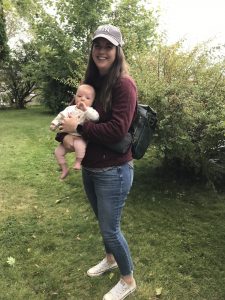
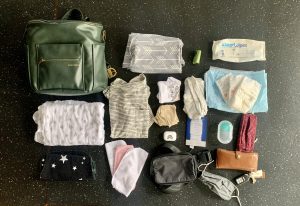
This bag contains mostly essentials that we need whenever we leave the house. Along with what’s contained in the bag I always carry water with me, at times it is a cup with a straw so it isn’t actually in the bag, but it is also an essential for me. I typically go through this bag every couple of days to restock things or make sure I haven’t accumulated random items I don’t need.
Bag – I chose a backpack-style diaper bag to be hands-free and for added comfort when carrying things like a cart seat etc. It is also easy to throw in the bottom of my stroller. The green is currently my favourite colour and also matches the accent wall of her nursery. It has lots of pockets on the outside and inside in order to keep things organized.
Essentials – Diapers, wipes, change pad, doggy bags for garbage on the go, these items are pretty self-explanatory
Clothes – An extra shirt for me, two extra outfits for Remy, and a sweater – because spit up and blowouts happen!
Mask – Because we’re living through a pandemic and my province has a mask mandate
Car seat cover – Most days we meet my Mom or a friend for walks down at the beach, I use this so that she can nap and stay out of the direct Okanagan sun.
My “mini” bag – This fanny pack/cross body bag I use if I need to run in somewhere without needing to bring the whole backpack, once again it allows for hands-free. I keep it inside the diaper bag, it contains my wallet, keys (car, house, parents house, library card tag), an extra mask
Airpods – For listening to music, podcasts, talking on the phone etc. They also contain a rainbow sticker that I created using a Cricut which shows my creativity and love of crafting/creating, Remy is also my “rainbow baby”
Health Passport – I carry this for Remy’s doctor appointments and checkups in order to track her measurements, shots etc.
Textiles – swaddle/blanket, burp clothes, face clothes
Extra pacifier in sterilizer case, in case she drops hers that is usually on a pacifier clip attached to her or her car seat
We talk about text being a creation, these items represent the ultimate creation – the new life of a baby. These items serve as text in order to tell a story of a slightly overprepared new Mother and her baby. The contents representing my Type A personality of organized, efficient, and purposeful. Shown also in the way I grouped items together for the photo and neatly put things together – a way I often try to present myself as well.
The main piece of text technology is the piece that is missing from the photo which is my phone. I am obviously using my phone in order to take the photo but it is also usually contained within this bag. Along with this are my AirPods which allow me to communicate with other people, listen to music, audiobooks or podcasts. The library tag on my keychain also serves as a piece of text technology in that it allows me to take out books but also in the way the barcode is coded for my account and allows me to easily check out at the library.
When I think about what this bag may have looked like 15 years ago or even 25 I would’ve been in Kindergarten/Grade 1 and Grade 10. The contents of my bag would’ve 100% been for me vs currently most of these contents are for my baby. In both cases, I would’ve still had a backpack but it would’ve most likely contained duotangs, binders, and a lunch kit. 15 years ago I would’ve also typically carried a duffle bag due to the sports I played.
The presence of not one, but two masks would probably indicate to an archeologist that we were living in a time of a pandemic, or maybe this will be the “norm” going forward and won’t seem odd in the future. They might also guess I am a first-time Mom carrying her health passport around to note every piece of change like her updated weight.


